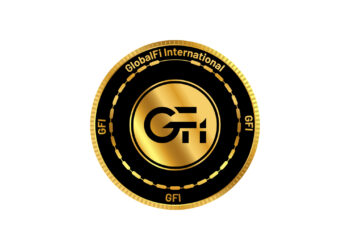In 2022, it seems that cryptocurrency projects have outdone themselves again, no longer just relying on the base tokenomics or protocol to ensure the projects flourish, but by truly placing themselves right smack in the middle of all things finance.
With crypto debit cards, one can truly say that the world can kiss traditional finance goodbye, especially with the high rebates, returns and rewards associated with many crypto cards. Below is a list of the best cryptocurrency debit cards all crypto enthusiasts (or even those new to the crypto industry) should either own, or look into owning:
Crypto.com Visa Card
The Crypto.com Visa Card is probably the one on this list closest to being a household name of sorts, mainly because of the avid marketing done by the Crypto.com team over the past few years. It has attractive rewards involved with the card depending on the tier one is on. Users will have to purchase Crypto.com’s CRO token and stake them in their Crypto.com wallet, and have to have their CRO staked for 180 days before applying for the card.
There are 5 different tiers, where the amount of CRO staked will determine the tier and hence rewards enjoyed by the cardholder. This ranges from the lowest Midnight Blue tier ($0 USD worth of CRO staked) to the highest Obsidian tier ($400,000 USD worth of CRO staked). This card is a debit or prepaid card, where cardholders can receive up to 100% rebate on subscriptions like Amazon Prime, Netflix or Spotify on the highest tiers. Apart from this, rewards also vary based on the card tier, with cards offering 1% to 8% CRO back on top of other various perks.
QQS UnionPay / Visa Card
This might be here a little early, given that the QQS project is still running its presale for its native token QQT. However, the resounding success in its first few weeks of presale with it selling out within minutes every day has us curious about what exactly this project offers, and we chanced upon its QQ card that is compatible with UnionPay and Visa. It offers much more attractive rebates and offerings as compared to other debit cards in the market right now such as Coinbase Visa (which has extremely heavy fees and a spending limit despite its security features), hence worth a mention.
All QQT holders (Quazinians) can apply for QQ Card that allows holders to (Spend To Earn) all while enjoying the highest rebates in the market. With the unique (Burn To Earn) concept, Quazinians can conduct withdrawals and purchase products with their cards just like any debit card.
The rebates given will be calculated and burnt accordingly to increase the holder’s emission shares earning tokens from the emission main pool daily.
There are 6 tiers one can reach with the QQ card, from Basic to Diamond. To have the Basic tier card, the holder doesn’t have to burn any QQT but has an annual fee of $500, and a relatively attractive rebate of 1%. Once a user has burnt at least $10k worth of QQT, he will get to the Classic tier and enjoy 3% rebate and have annual fees waived. As the user moves up the tiers by burning more QQT, the rebates given increase accordingly, going up to 15%, on top of the holder’s daily earned emissions.
Gemini Mastercard
The Gemini Mastercard is still in the works, but users can currently sign up for the waitlist to be notified when they can start applying. The Gemini Mastercard’s funding method is one’s crypto wallet, and is issued by WebBank, easily managed through an app where users can freeze and unfreeze their card, as well as tap on 24/7 live support. The Gemini rebate structure looks like 3% back on dining (up to $3,000 spent), 2% back on groceries, and 1% back on all other purchases.
These rewards are paid out through cryptocurrencies compatible with Gemini, such as Bitcoin. Being a Mastercard, users can also benefit from Mastercard’s signature Mastercard ID Theft Protection, Zero Liability and Price Protection benefits. While it is definitely an extremely functional and handy card that can promise significant perks in terms of crypto, one caveat on the Gemini Mastercard is that there are fees on transactions that range from 0.5% to 4%, so users should track their spending and calculate which is most worth it!



















